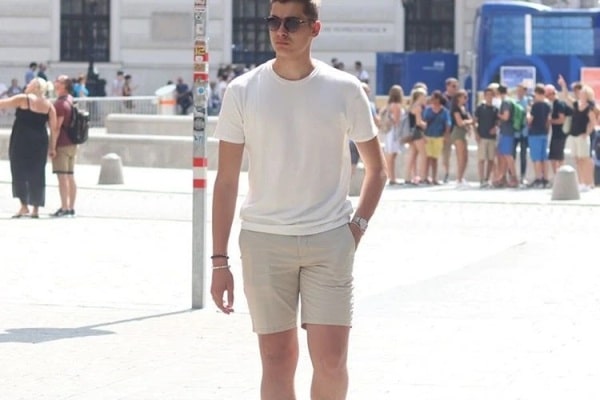Men’s Dress Shirt Collar Types Guide
Men’s Dress Shirt Collar Types Guide
The collar is the dress shirt’s most standout feature. So a poor, casual choice when attending a formal event instantly singles you out style-inept and destroys all the hard work put into a bespoke suit and well-sheened shoes. Today, there are many dress shirt collar types to choose from. But, the following guide outlines the more common examples; ones that every gentleman should know how to work – and own.
Men’s Dress Shirt Collar Types Guide
With the rebirth of conventional collars – mixing it with the best in contemporary forms and varieties – men have such a significant number of approaches to express close to personal style through their dress shirts. With plenty of collars on offer, the decision for trendy men reaches out a past preference for specific shading and patterns. In any case, with so much decision, it’s anything but difficult to resemble that unbalanced supper party visitor who’s begun eating his fundamental course with the bread and butter blade, just to be told later of his embarrassing etiquette mistake by a friend. It talks about modernity to most likely pick the fitting neckline for regular wear or a unique event occasion. No more social setbacks or fashion tactless acts need to plague your bustling calendar; collar etiquette is what gentlemen are on the menu. Along these lines, spark your interest.
The Straight or Forward Point Collar

Essentially, the straight point collar is the most balanced collar type, suiting both formal and casual attire. It is cut using straight lines, which end in a point, and is distinguished by its small spread (the physical gap that sits between the two collar points).
Mostly associated with the traditional men’s dress shirt, it’s a foolproof collar choice for the office, wedding, or smart casual rendezvous.
The collar works well with most lapel styles (peak, notch, or shawl). And as for the tie, the four-in-hand – recognized for its smaller knot, is your best option. Why not try the look without a tie for a dressed-down aesthetic: a snug blazer, chino pants, and sockless brogues for the win.
The Spread or Cutaway Collar
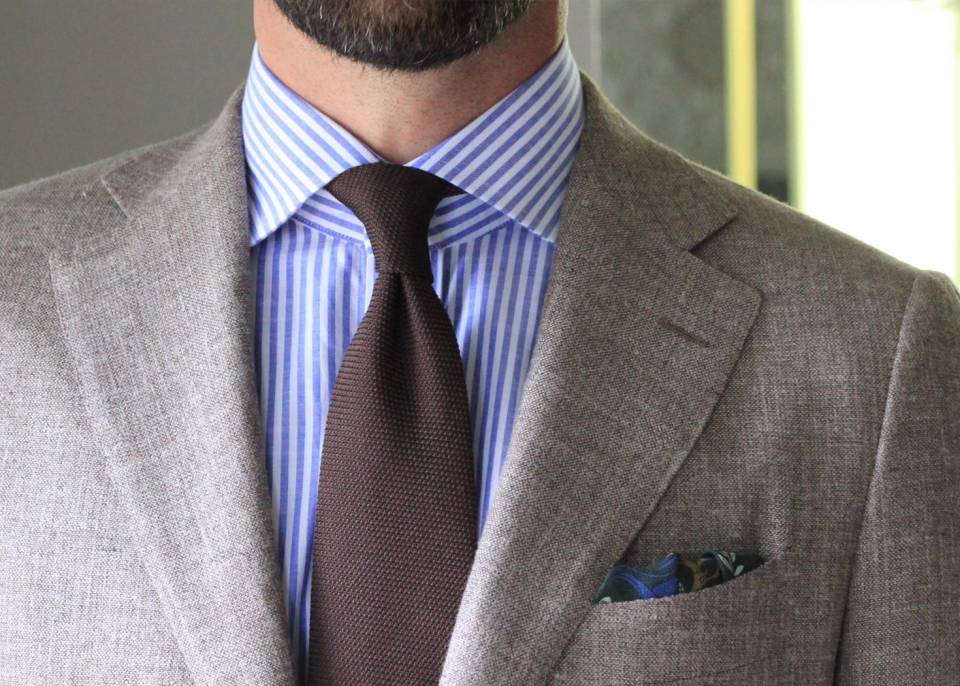
This type of collar is known for having the spread wide apart (where the two points meet). It’s seeing a welcomed resurgence of late with men taking the time to dress up a bit more. The style is best suited to formal occasions and traditionally worn with a larger knot tie, such as a half Windsor or full Windsor. But play around with smaller knot ties too, if the event isn’t super formal.
The spread does vary – from regular cutaway to extreme cutaway – shifting widths and angles, and it’s a perfect choice for a sophisticated romp in the city for the super corporate workplace. Don’t go tie-less with this collar. But instead, dress down the tie-and-shirt combination with a pair of jeans and loafers.
Button-Down Collar

A collar type connected directly to the shirt fabric via two small buttons. The least formal of the collar types, the button-down can be worn with or without a tie and is best for more casual events.
The spread varies from brand to style, so play around with what type you want, depending on the inclusion of a tie or not.
Try wearing the button-down collar sans tie and let the shirt remain unbuttoned to the top. Then, rock it with chinos shorts, and white trainers, leaving the shirt un-tucked for relaxed summer vibes.
Wing Tip Collar
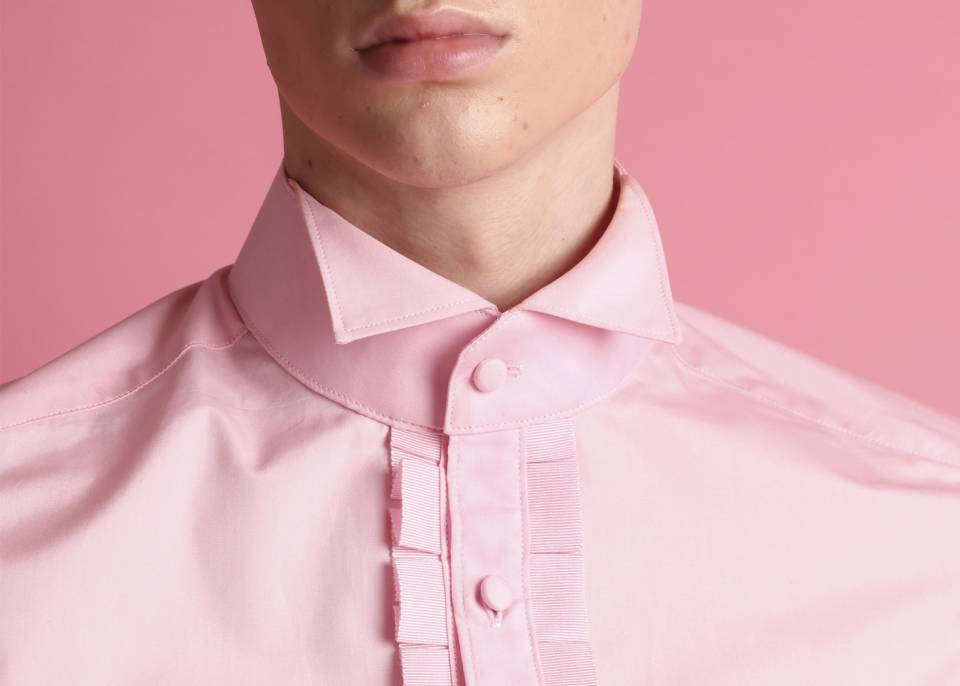
The wingtip collar is designed to house the bow tie and usually worn with a tuxedo. By far the most formal collar; it’s a short shirt collar that has two small wings at the front.
Wing collar shirting often comes in crisp white, cotton poplin for those dapper black tie events. But essentially, this type of shirt is not a wardrobe staple unless you frequent the Oscars or plan to attend the wedding of an aristocrat.
Tab Dress Shirt Collar Types

It’s a rarer collar and is most popular for bespoke-taste gents who seek something super traditional. The tab collar is a shorter version of the straight point collar and its purpose is to promote the tie knot. So, wear it with a woven medium-width tie in silk or light cotton, and keep the knot small; the four-in-hand method is the best approach.
Again, don’t go tieless with this style, and pair the shirt with a bespoke suit or jacket and business-ready Oxfords.
Club Or Rounded Collar
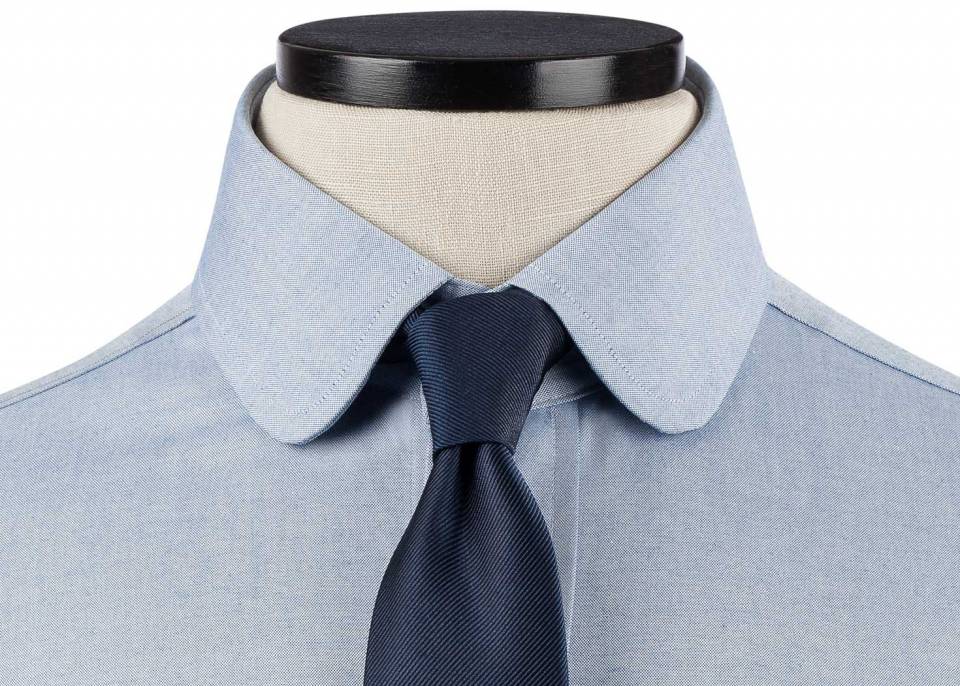
The rounded collar was part of Eton College’s (school of Prince William and Harry) dress code beginning in the mid-1800s. Belonging to an exclusive school club, the rounded collar was soon coined the ‘club’ – and it was adopted by the Mods and golfers.
Today, it is one of the rarer collars but it remains a classic of men’s style. Keep the tie know small and some stylish gents are even sticking a metallic pin; that lays horizontal across the spread, connecting the two points.
Meanwhile, fashion types – intent on channeling formal nostalgic looks – are also getting onto the club collar; working the shirt done up to the top of the neck and without a tie – or open and with a neckerchief. Choose your club, and stick to it.
Men’s Dress Shirt Collar Types
While there remains a code of rules that govern the dress shirt collar; be it wing tip for bow ties or the cutaway with a Windsor knot tie – the collar game can be played around with a bit; interchanging different tie widths or a no-tie look, depending on the social expectations of the event.
Men’s Dress Shirt Collar Fabrics & Cuffs

Finding a shirt is easy, but finding a good one is a different story. Between fabric selection and dozens of variations on collars and cuffs, it’s easy to get lost in the noise and end up with something that makes you look like a waiter at a function. Here’s what you need to know about dress shirt fabrics and cuff styles.
Cotton Dress Shirts

Cotton is the workhorse fabric of shirting. It’s a natural fiber that’s derived from a plant; so it breathes well is easy to dye and print; doesn’t wrinkle up like a crushed piece of paper in the way that linen does. However, not all cotton is created equal. It’s worth your time to dig into a brand’s production process to sort out its worth.
Silk Dress Shirts
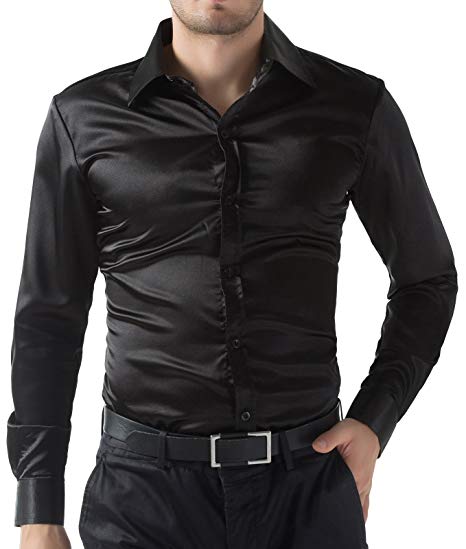
These shirts come and go, but they are a hard sell for those of us that don’t want to look like a sweaty mess. Silk doesn’t have the same breathable qualities as cotton and it doesn’t wick away moisture. You don’t want to look like a sleazy mug either; so keep them under lock and key for the throwback parties or Client Liaison shows.
Linen Dress Shirts
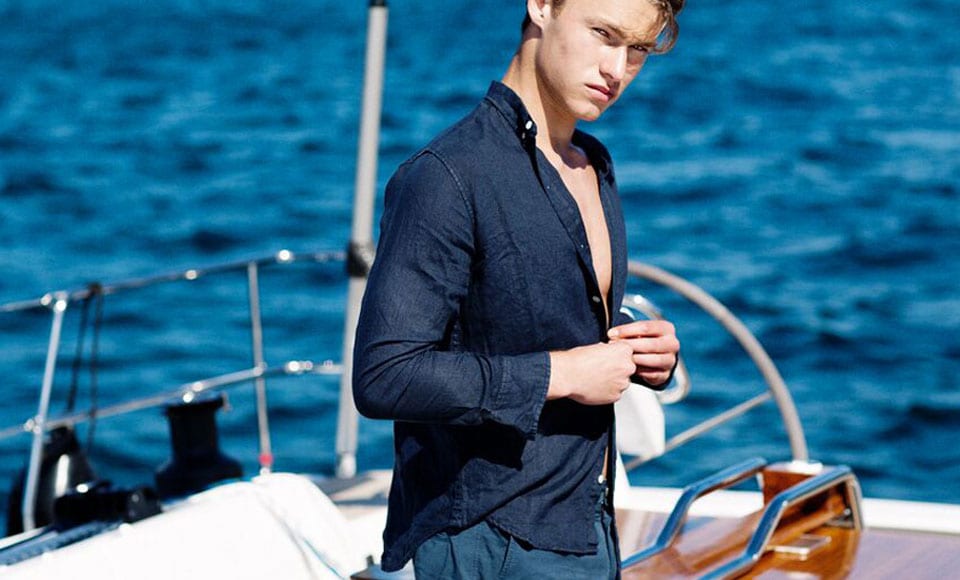
The summer fabric; Its natural qualities – derived from the flax plant – make it lightweight and breathable; so it’s definitely your best option if you have a holiday in the tropics or can’t cop an Aussie summer. However, linen tends to wrinkle, and fast. For this reason, it won’t fly in the boardroom unless you have a P. A that’s keen to do some serious ironing on the hour, every hour.
Polyester Dress Shirts
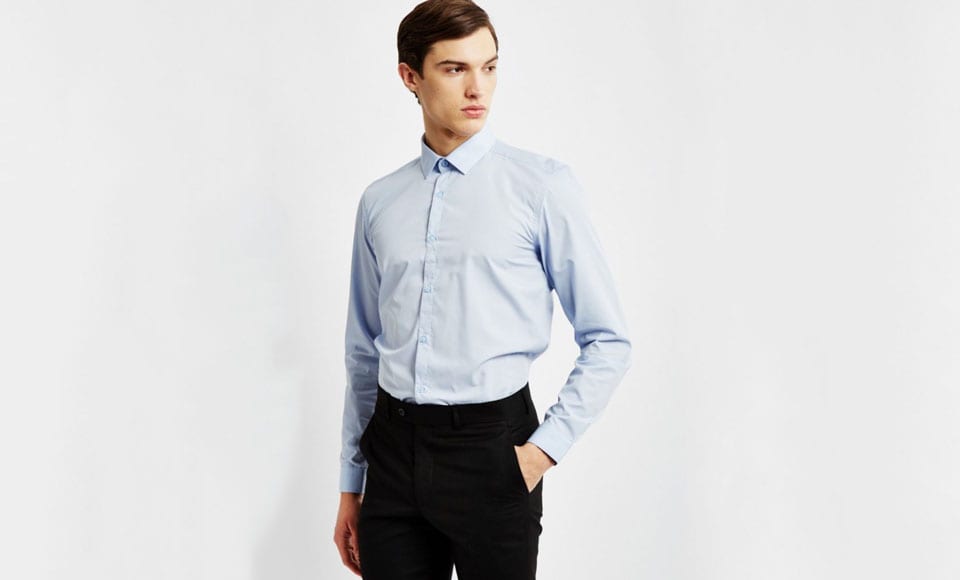
The Polyester doesn’t breathe, looks tacky even when it is new, and uses dodgy chemicals. Sure, it’s tough and water-resistant but that’s as good as it gets. Cotton isn’t much more expensive and will serve you much better for the reasons we illustrated.
Dress Shirt Button Cuffs
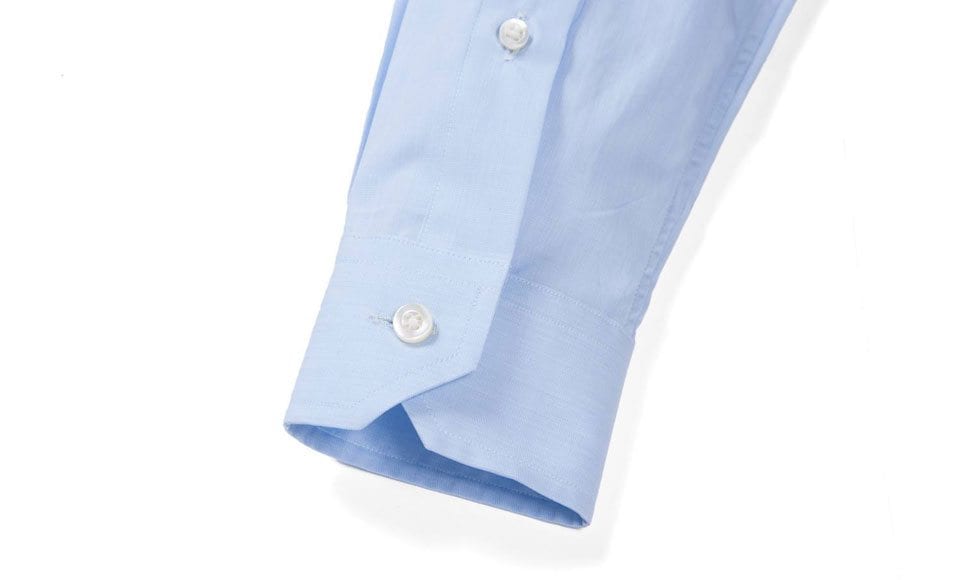
Button or barrel cuffs are the most common style of cuff. In case the name didn’t give you a hint, these cuffs are closed by a button; compared to double cuffs that allow for silver or silk knot links. There are too many variations of the humble button cuff to rattle off on a list. You can find these with up to three buttons, with rounded or square cuff edges; among other minor modifications, you probably take no interest in. It is a common fixture for casual wear; and not really appropriate for anything more formal than the boardroom.
French/Double Cuffs

The French cuffs, also known as double cuffs, include an extra layer of fabric that folds back on itself; allowing the use of silver or gold cufflinks. You might find that they’re chunkier and longer than button cuffs; don’t even bother trying to roll them up. Most guys develop a preference early and don’t budge, but they are still the immutable standard for black-tie and white-tie dress codes. They’re regaining popularity among the power-suiting aficionados, but for sheer versatility, you can’t go better than the barrel cuff.
Bond/Milanese/Turnback/Cocktail
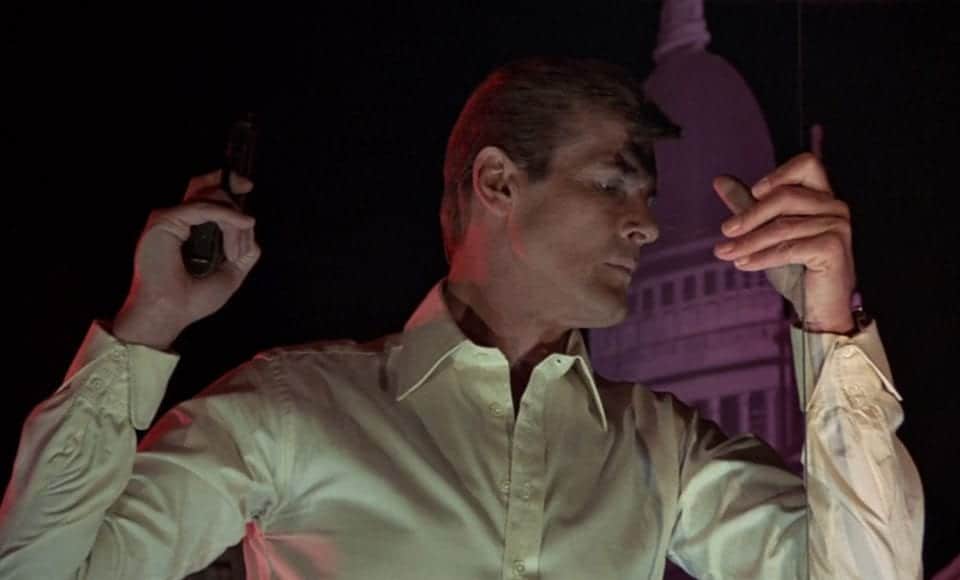
This peculiar cuff is something of a middle ground between a button and French cuffs. It has an extra fold of the curved fabric, like a French cuff, but it buttons up through the middle. What does this have over other cuffs? Diddly squat and the controversy over its utility and adherence to standards haven’t gone anywhere.
Sartorial nerds hated it because it disrupted convention; normal guys love it because the cuff killed two birds with one stone and has something to do with 007. A rare find in RTW collections, but we think there are probably more flattering ways to emulate Sir Roger Moore.
RELATED: Guide To Wearing Cocktail Attire For Men With Style
Convertible Cuffs
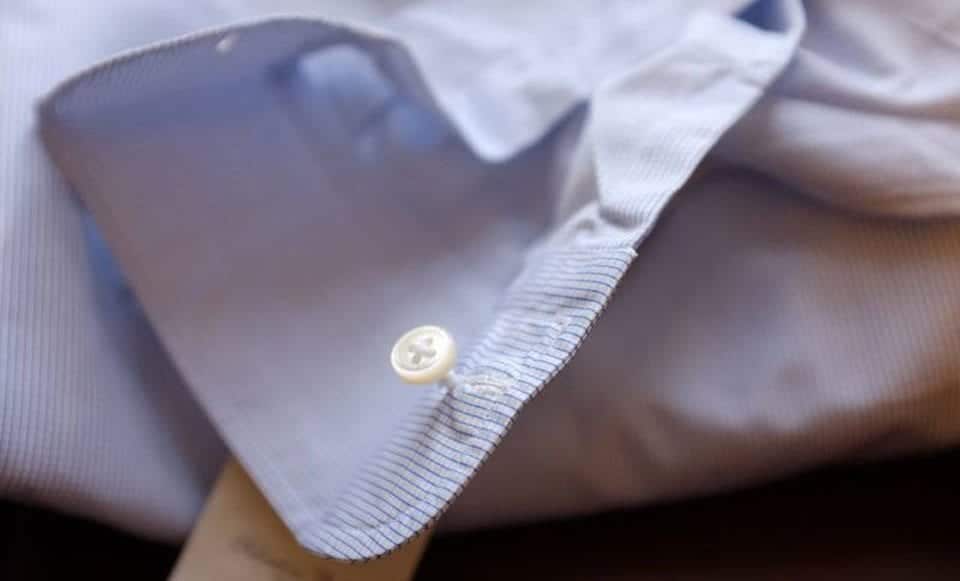
Some guys really want to do menswear on the cheap. Convertible cuffs include both button fastenings and link holes to insert cufflinks; eliminating the necessity of different shirts for each option. We’re not big fans. It’s hard to wear these and not look like a bit of a stingy bastard. It doesn’t help that most brands worth your money avoid these as strenuously as they can. Sure, they’re supposed to give you versatility, but how hard is it to get more than one shirt? Fire up and build a rotation.
How To Pick The Best Dress Shirt Material For Suit
Understanding the cotton weave of the basic dress shirt, considering the greater part of us purchase our shirts off-the-rack (and wear them to work five days a week), is unimaginably vital. Indeed, we think about the fit, shading, and even the shirt collar type when looking for our button-up. Some go similarly to checking the name for the quality shirt fixings. Along these lines, we’re instructed enough to realize cotton is ideal. However, does it get more confounded than that? It does. This is what reason we’re investigating dress shirt weaves. You may know them as ‘poplin’, ’twill’ or ‘oxford’, however, these cotton weaves are in excess of a name, they assume a noteworthy job in how and when you wear the shirt to benefit from them. Dress shirt material can make or break your suit; here’s how to pick the best dress shirt material for a suit.
What Is Dress Shirt Weave
The weave is the way in which the threads of cotton (called warp and weft) are actually put together to make a fabric. The weave not only affects the way a shirt looks and feels, but also how warm the fabric will be; the way it drapes, how easy it is to iron, and sometimes, where and when it should be worn.
Thread Count
A higher thread count generally means a smoother, silkier, more expensive fabric. Like suits, the thread count is referenced with a number such as the 50s, 80s, 100s, 120s, 140s, 170s, and so on, up to 330s. The number refers to the yarn size, but generally, a thread count above 100 will imply a 2-ply fabric.
Two-Ply vs. Single Ply
Though there are some exceptions where very fine single-ply yarns are used; the higher number of thread counts will be comprised of two yarns twisted together. For example, 120’s thread count means that two 60’s yarns are twisted together. This fabric will be more durable than a 60’s single-ply, but it won’t always be smoother. 140’s thread counts are typically two 70’s yarns twisted together. And so on.
Thread count and the ply are good indicators of shirt quality. But remember, like most craftsmanship, the mill or manufacturer and the quality of ingredients (namely, cotton); have a big impact on just how luxurious the fabric, and therefore, the shirt is.
Below is your gentlemen’s guide to dressing shirt weaves, as well as how and when to wear them.
Best Dress Shirt Weave Types

Now that you know what a shirt weave is; it’s time to take a look at the types of weave and how each one differs depending on the wearer’s requirements. There’s nothing worse than wearing a weave designed to keep you warm on a scorcher day. So pay attention.
Poplin Dress Shirt Material
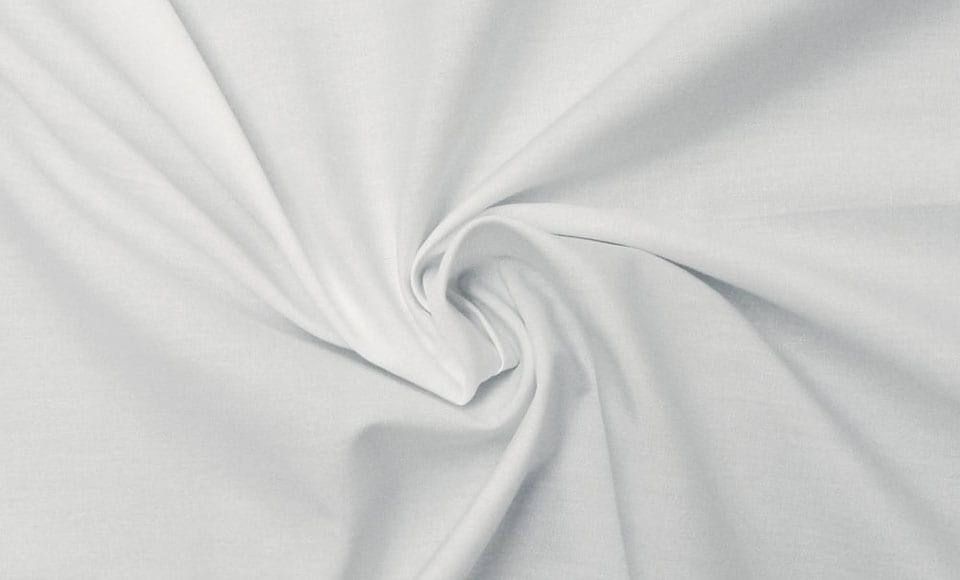
A cotton weave is made of closely woven threads that form a criss-cross pattern. Poplin, despite its strength, is thin, lightweight, and cool, marked by a smooth finish. It makes for a great summer work shirt as it has very little sheen, which makes it nice and professional. And they’re great for a little texture too.
For work, a poplin shirt is ideal as an undershirt with a smart two-piece suit, no sweat. But beware, their thin weave means white varieties can be a touch transparent.
Twill
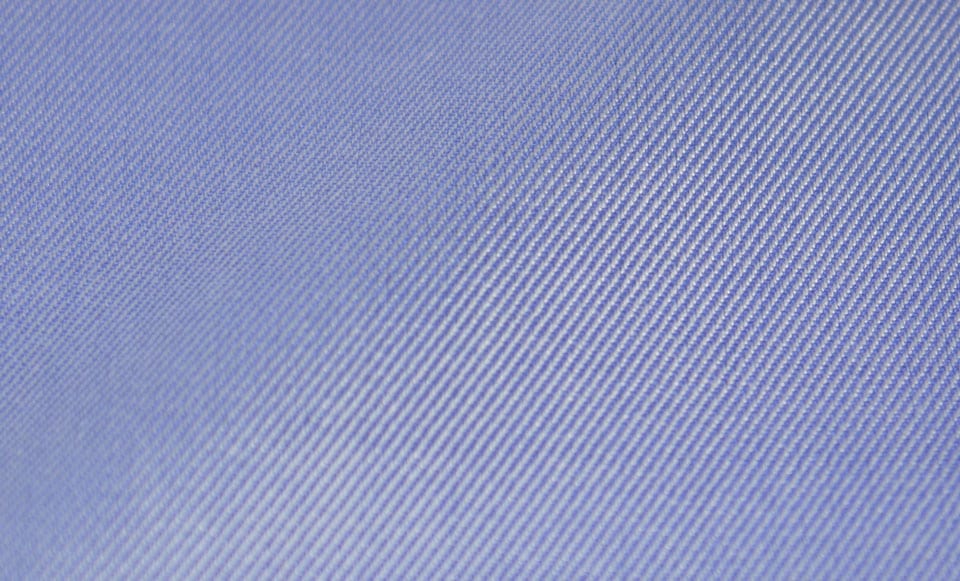
This is a durable cotton fabric that has a softer feel than poplin and is slightly more sheeny. Twill fabrics weave twin horizontal threads under and over vertical threads to create a diagonal pattern. This creates interesting ‘patterns’ in the shirt such as herringbone, houndstooth, or diagonal rib print (we’ll elaborate later on).
Overall, twill is soft and thick, crease-resistant, and iron-proof. It drapes well, so it’s the perfect get-things-done work shirt, but with a smart finish.
Oxford

The Oxford cotton fabric is known as a basketweave where multiple weft threads are crossed over an equal number of warp threads. Usually, one single-color thread it crossed with white to give the Oxford its signature checkerboard appearance
It’s a versatile fabric that can be worn off or on duty but is most popular in casual shirts; button-downs with no tie and jeans on the weekend. However, the Oxford shirt can be worn to the office if the cut and finish are professional; or for a more relaxed business environment. And its thickness makes it perfect to wear on cooler days.
End-on-End Dress Shirt
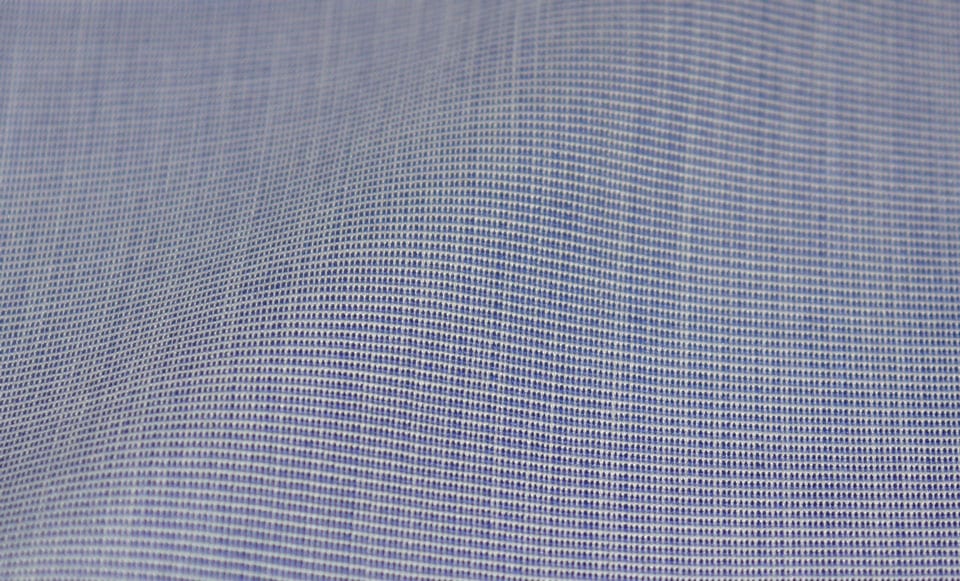
These shirt fabrics made with a gently textured weave comprised of two or more colors resulting in a dual-tone finish. The double color isn’t evident, looking more like a unified color from afar. But the detail is in the close-up, where a mini-pattern can be seen for a unique finish.
End-on-end shirts are also lightweight and crisp to the hand; so they’re perfect for warmer days – worn solo, or under a light cotton suit. They’re superb weekend shirts.
Pinpoint Dress Shirt

The Pinpoint has the same weave as the Oxford but uses a much finer yarn and tighter weave. In terms of formality, pinpoint sits nicely between the casual Oxford cloth and the classy poplin or twill.
They are thick and durable which can take away from their elegance. So, these shirts are perfect everyday worktops, but not ideal for special events.
Dobby Dress Shirt
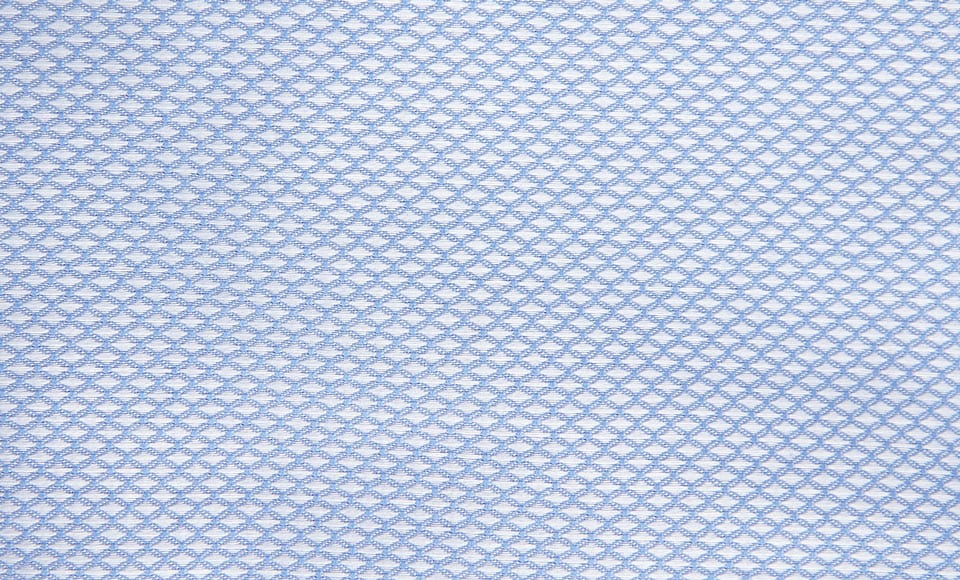
A unique geometric pattern that looks and feels raised in touch. The dobby considers a posh because it weaves much like a jacquard. A special loom raises and lowers the warp threads individually, allowing the weaver to create the dobby’s special patterns.
The best part; not all dobby fabrics look the same; coming in a variety of patterns, colors, weights, and hand feel to meet your style and dress code need.
Herringbone Dress Shirt
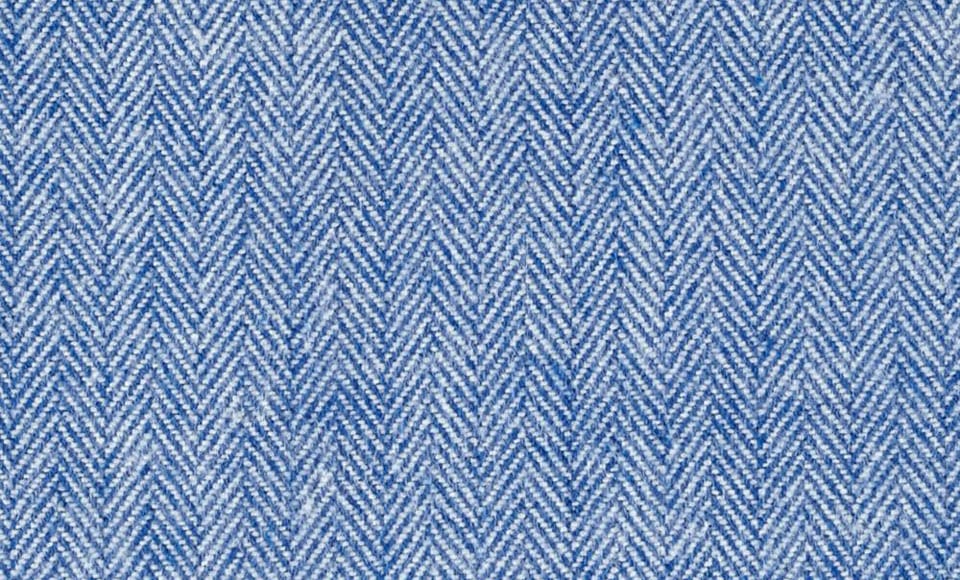
Herringbone shirts are recognized for their resemblance to the v-shape bones of the herring fish. The fabric is textured and essentially a twill that is mirrored when woven to create a sort of chevron pattern.
Herringbone weaves tend to be slightly heavier in weight; are more often found in seasonal shirting fabrics for cold weather. Add under a tweed jacket for a play-on texture and apply a silk-knit tie. There are so many contrast capabilities with Herringbone. Go wild.




